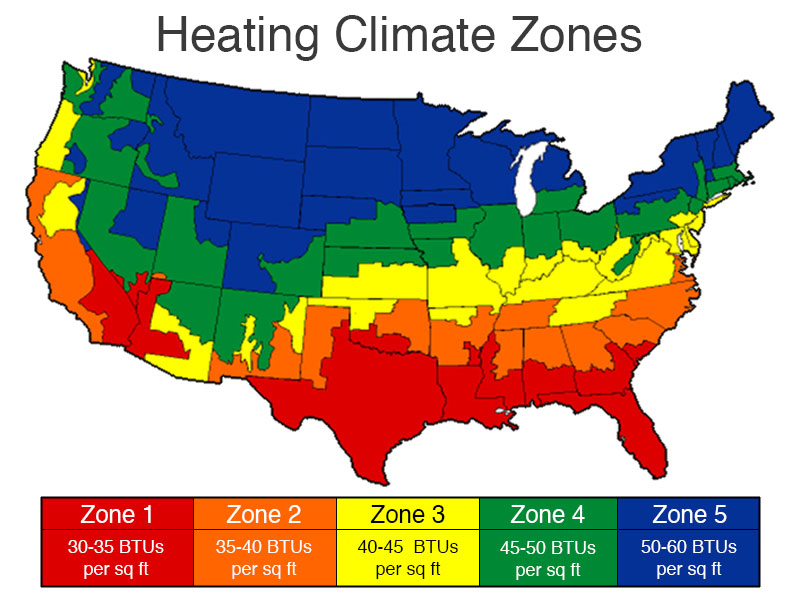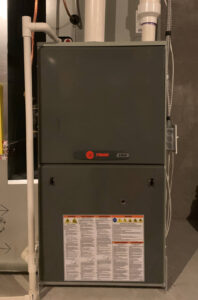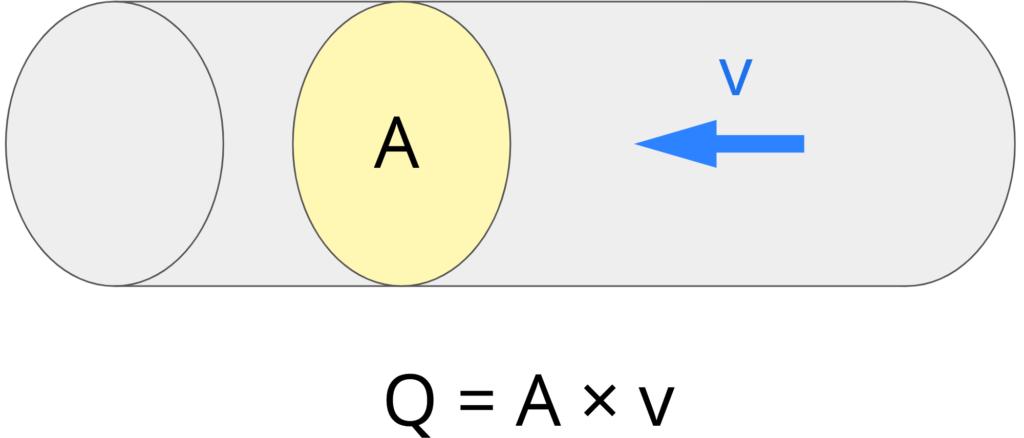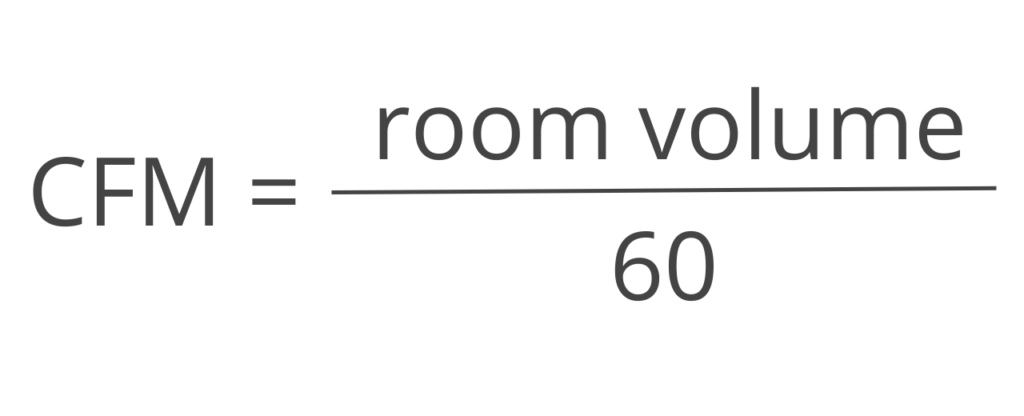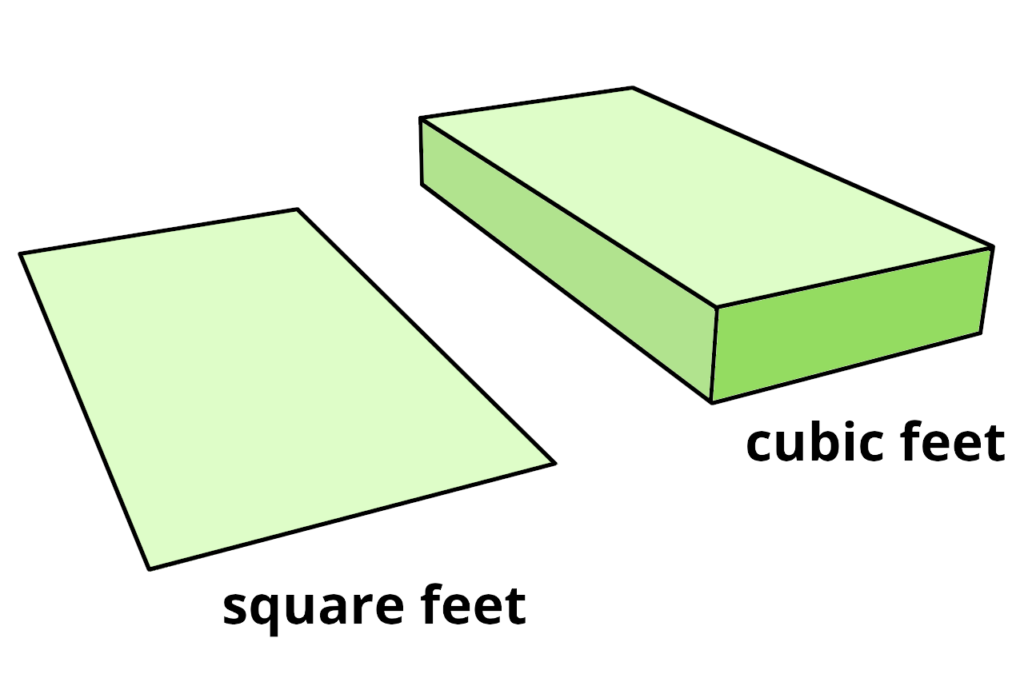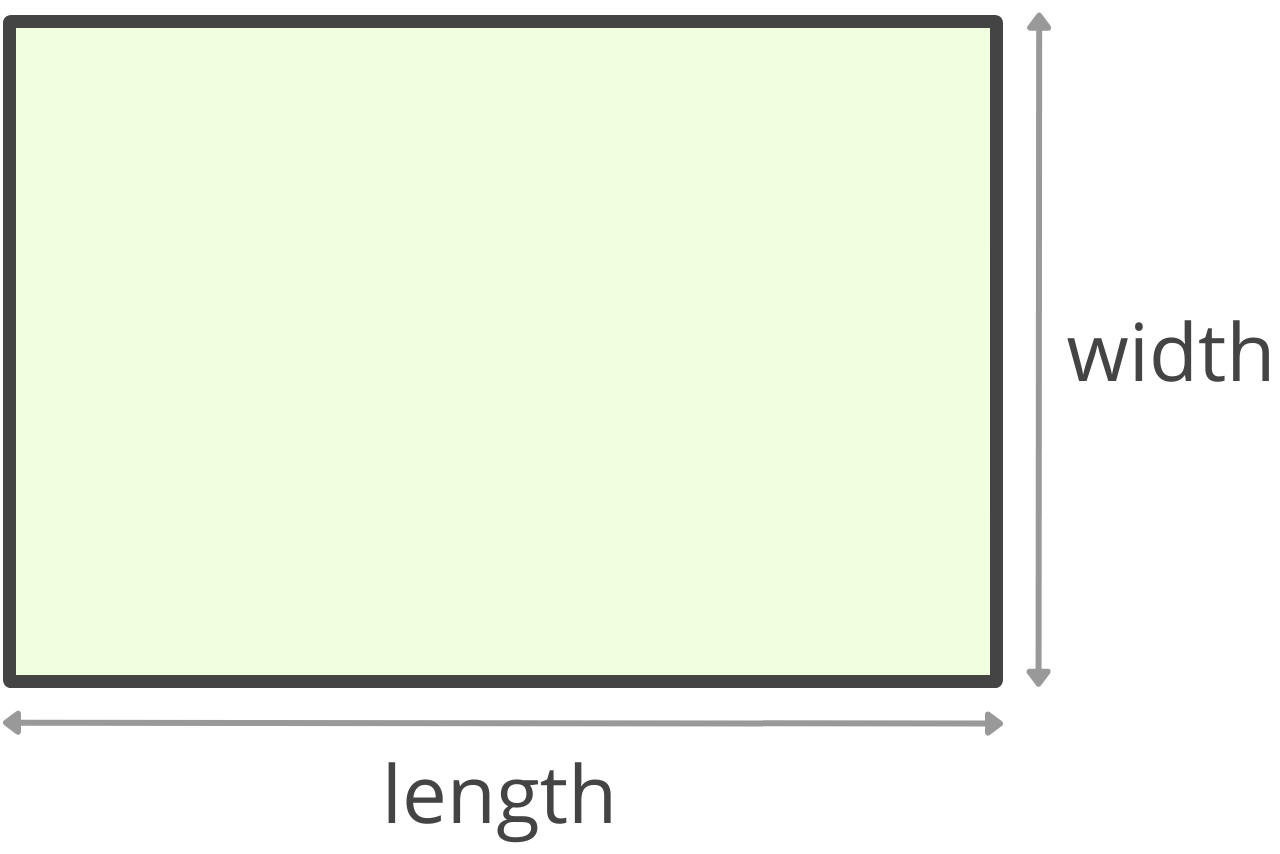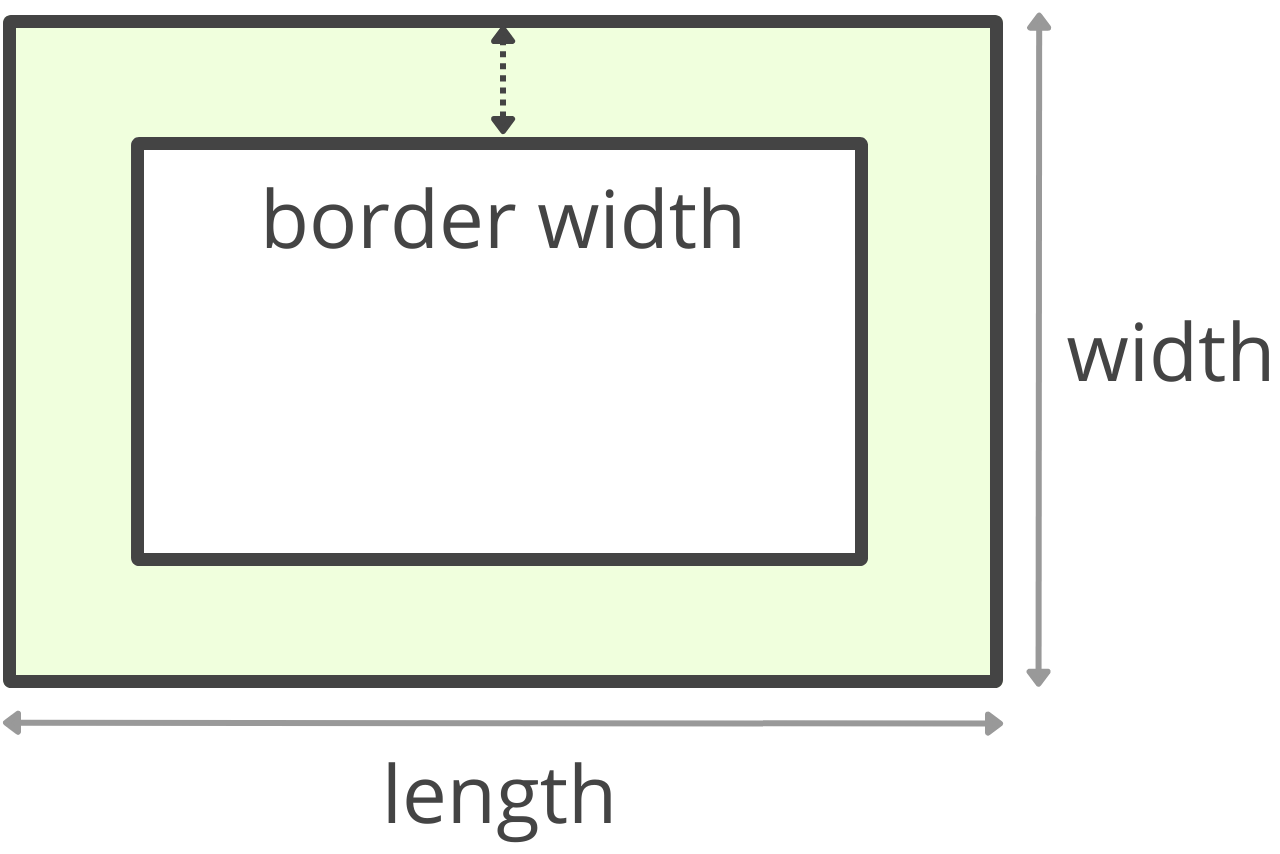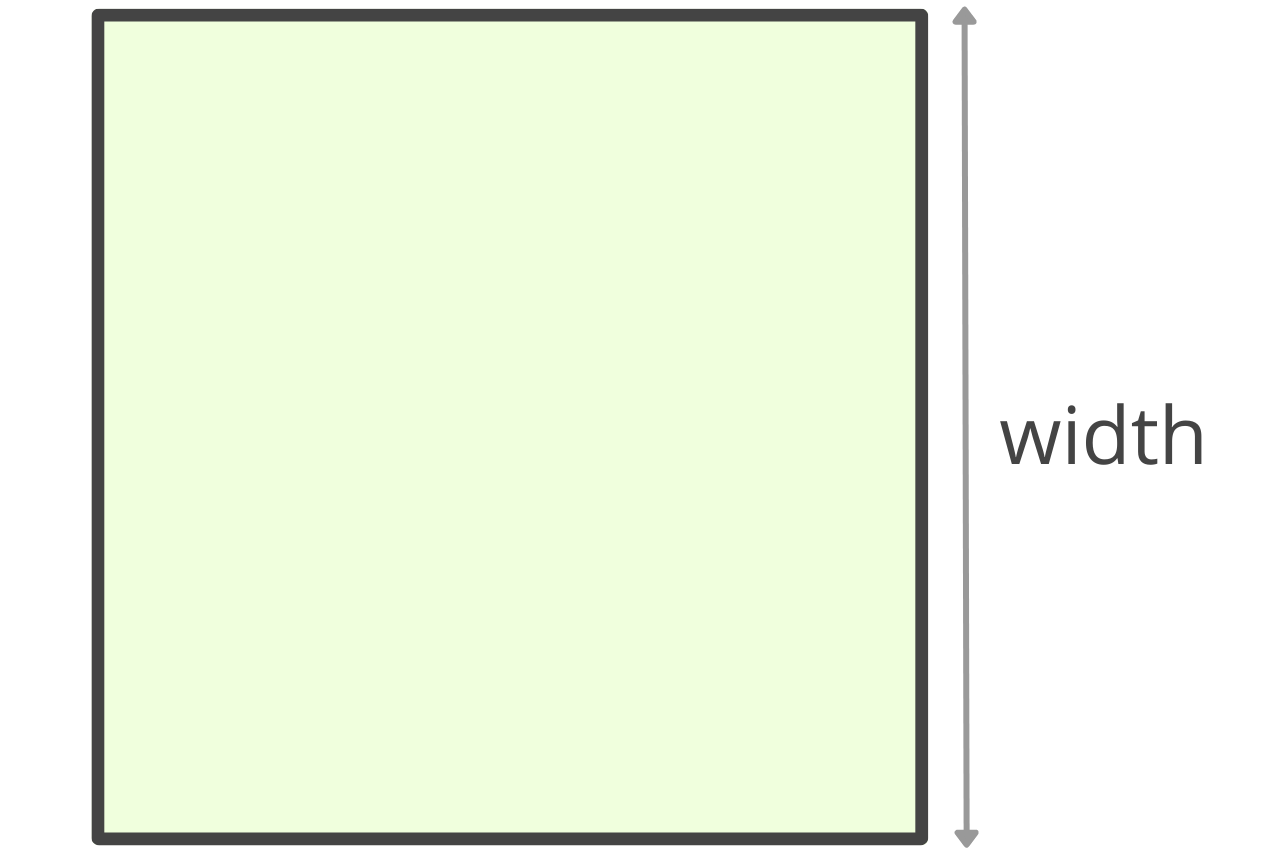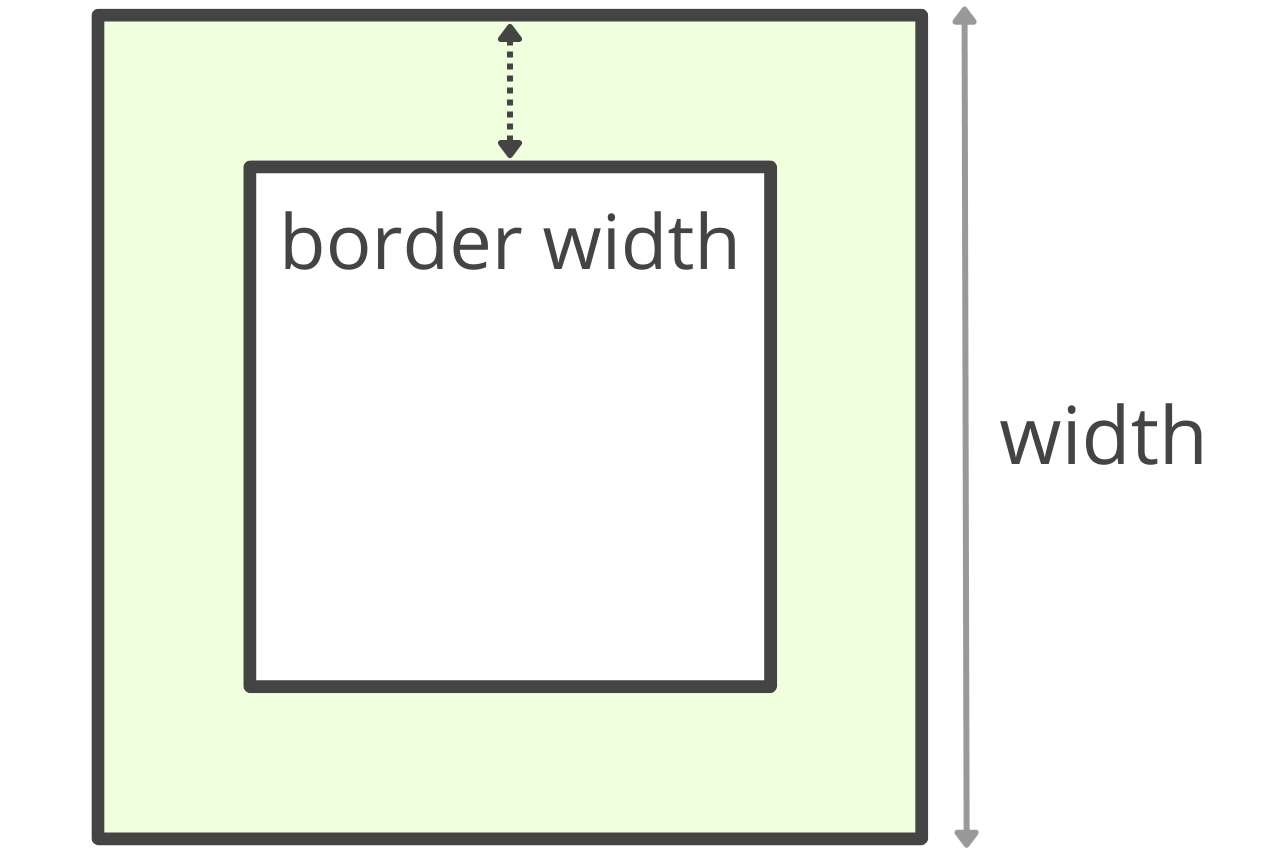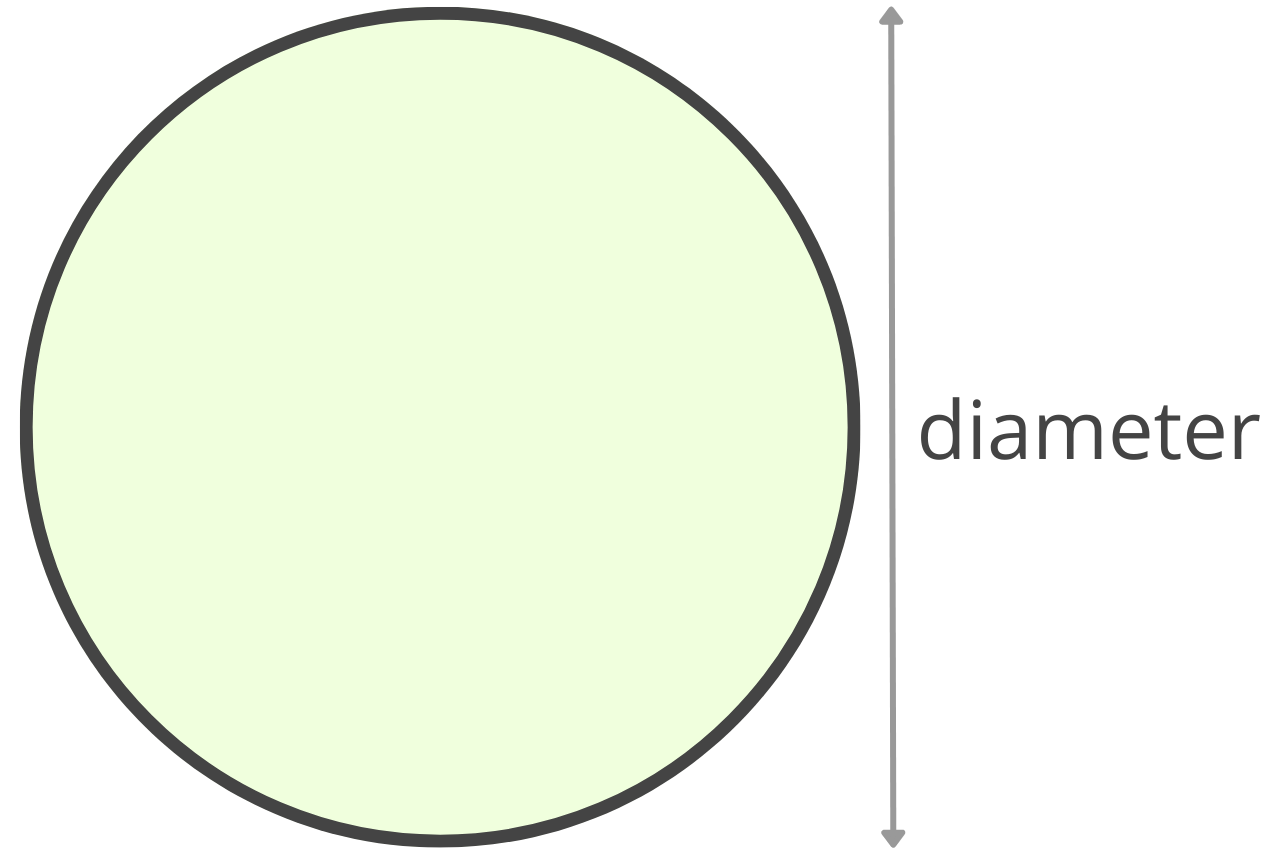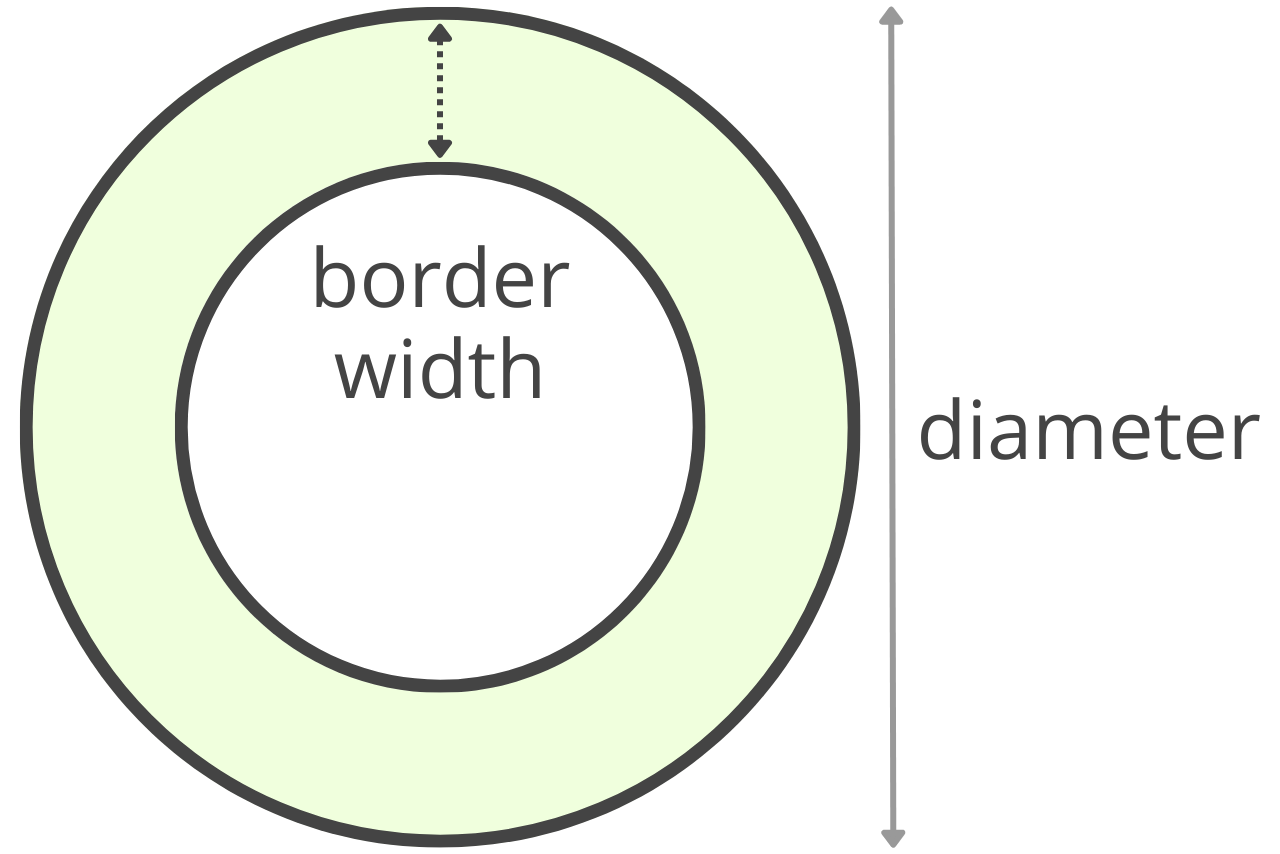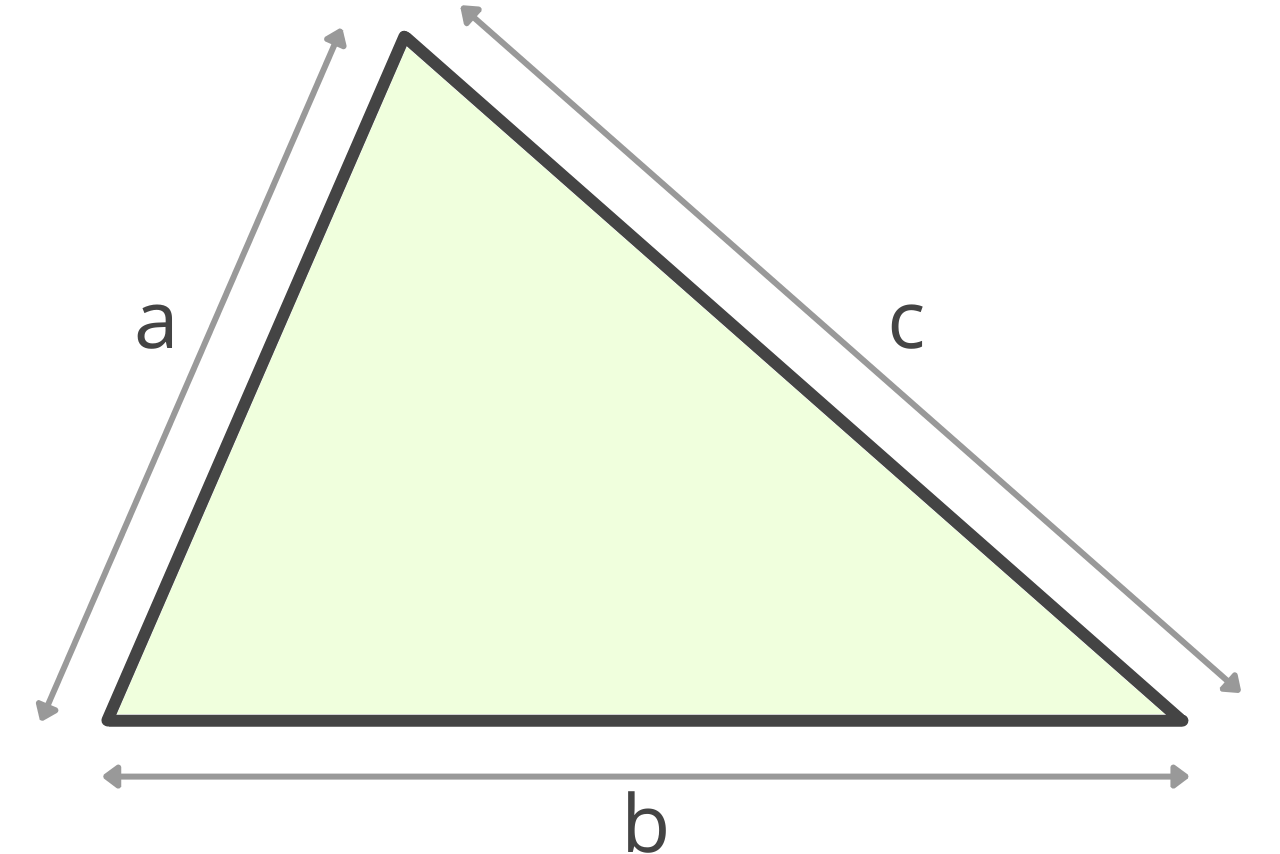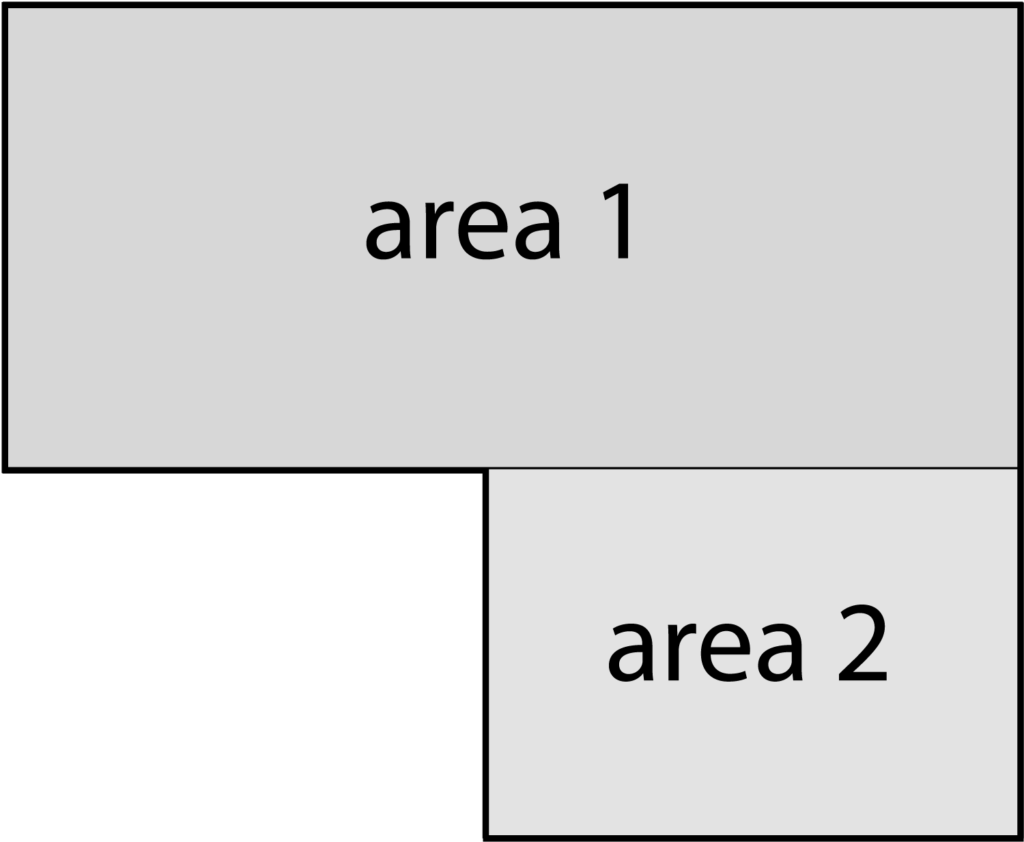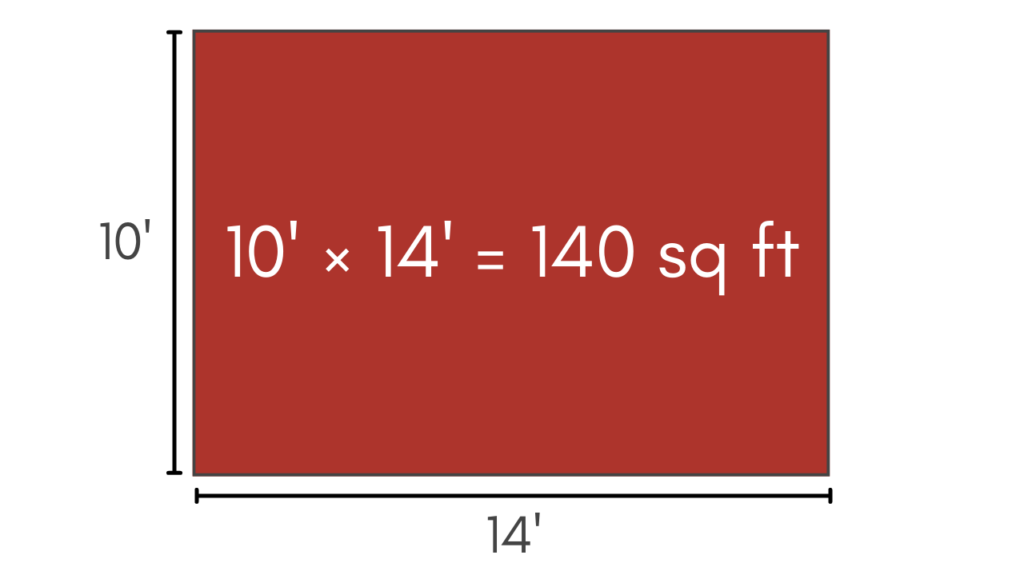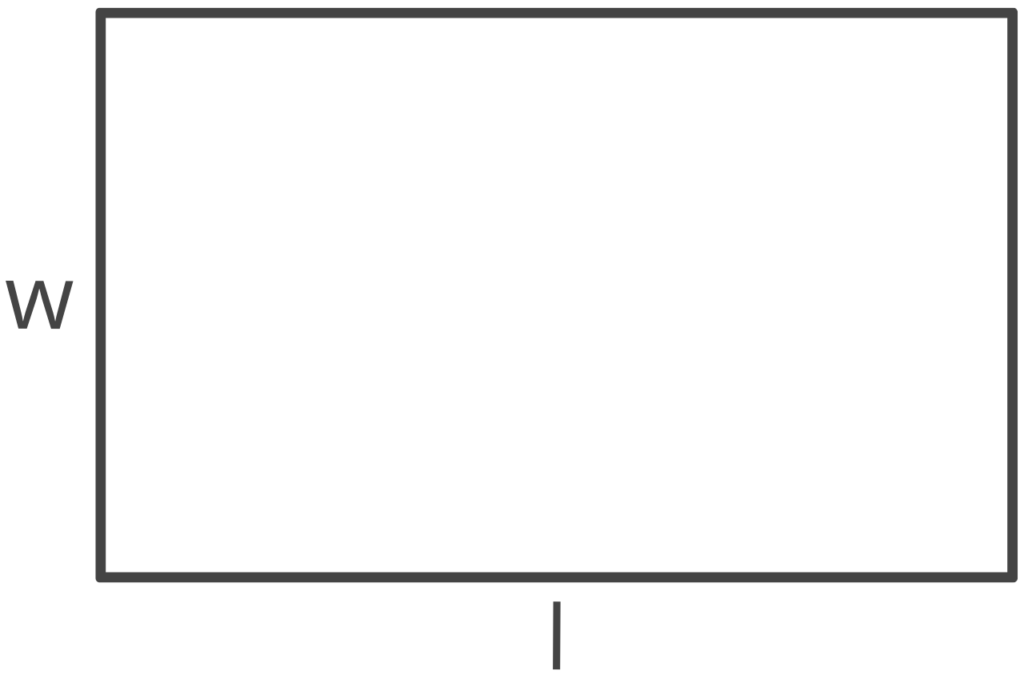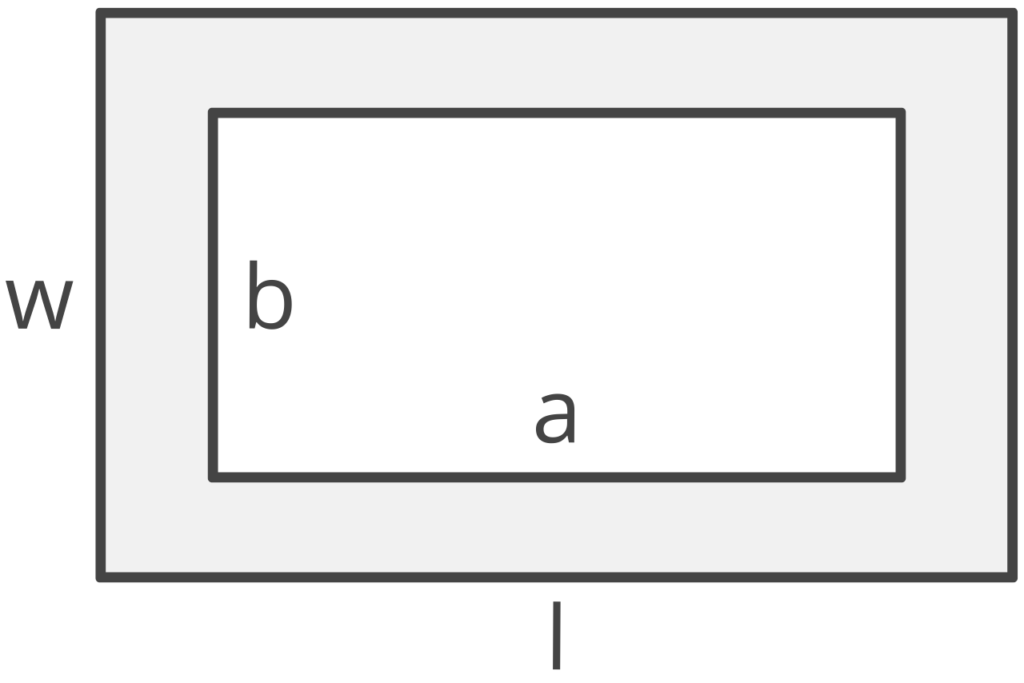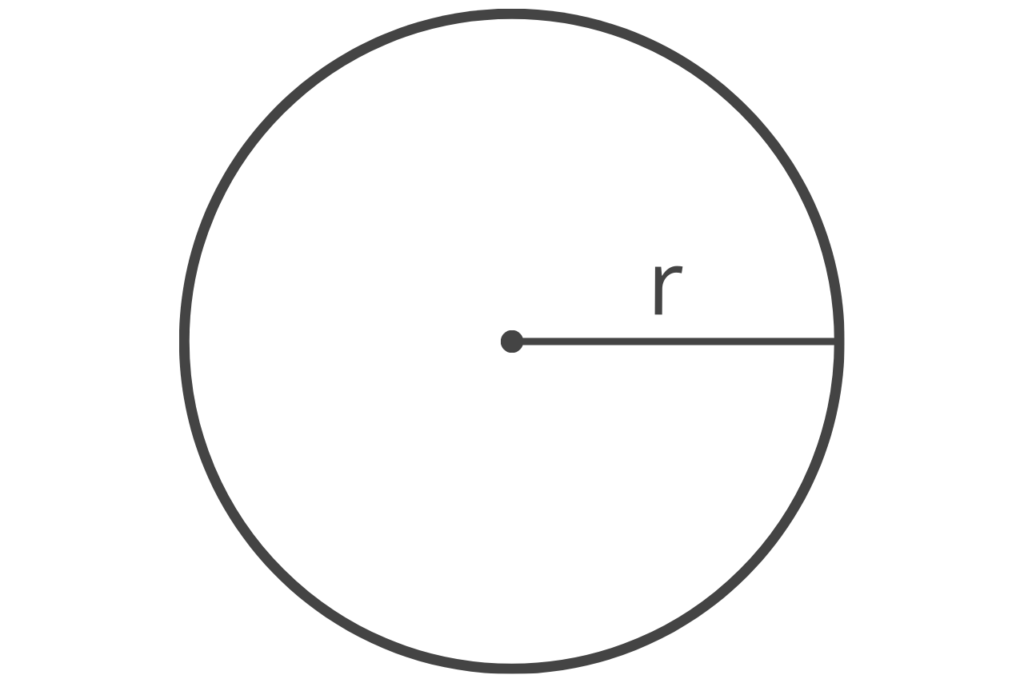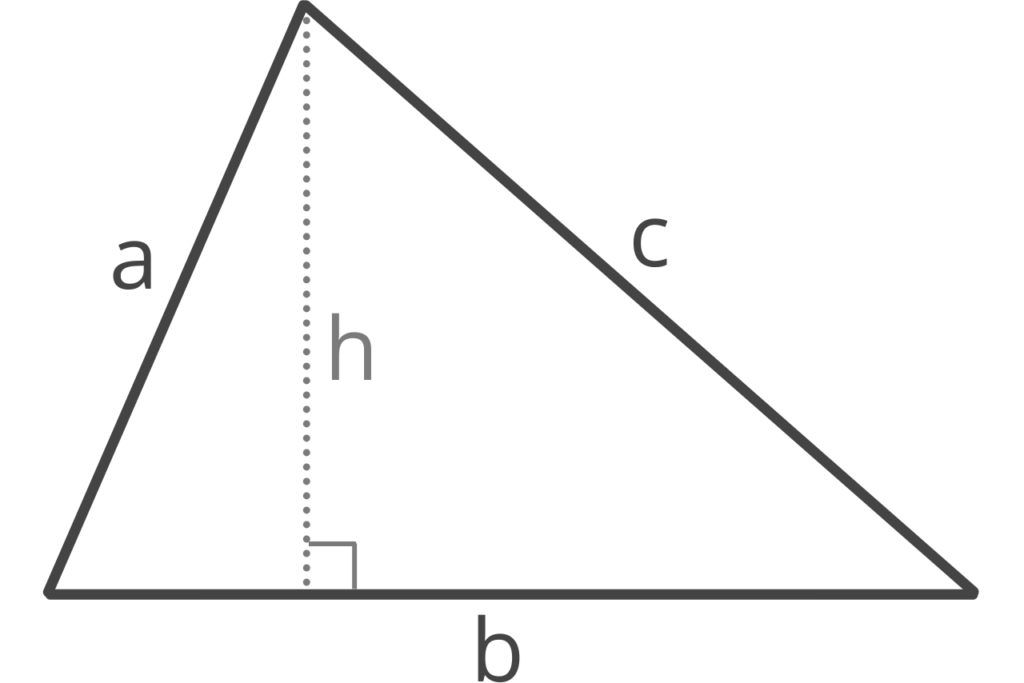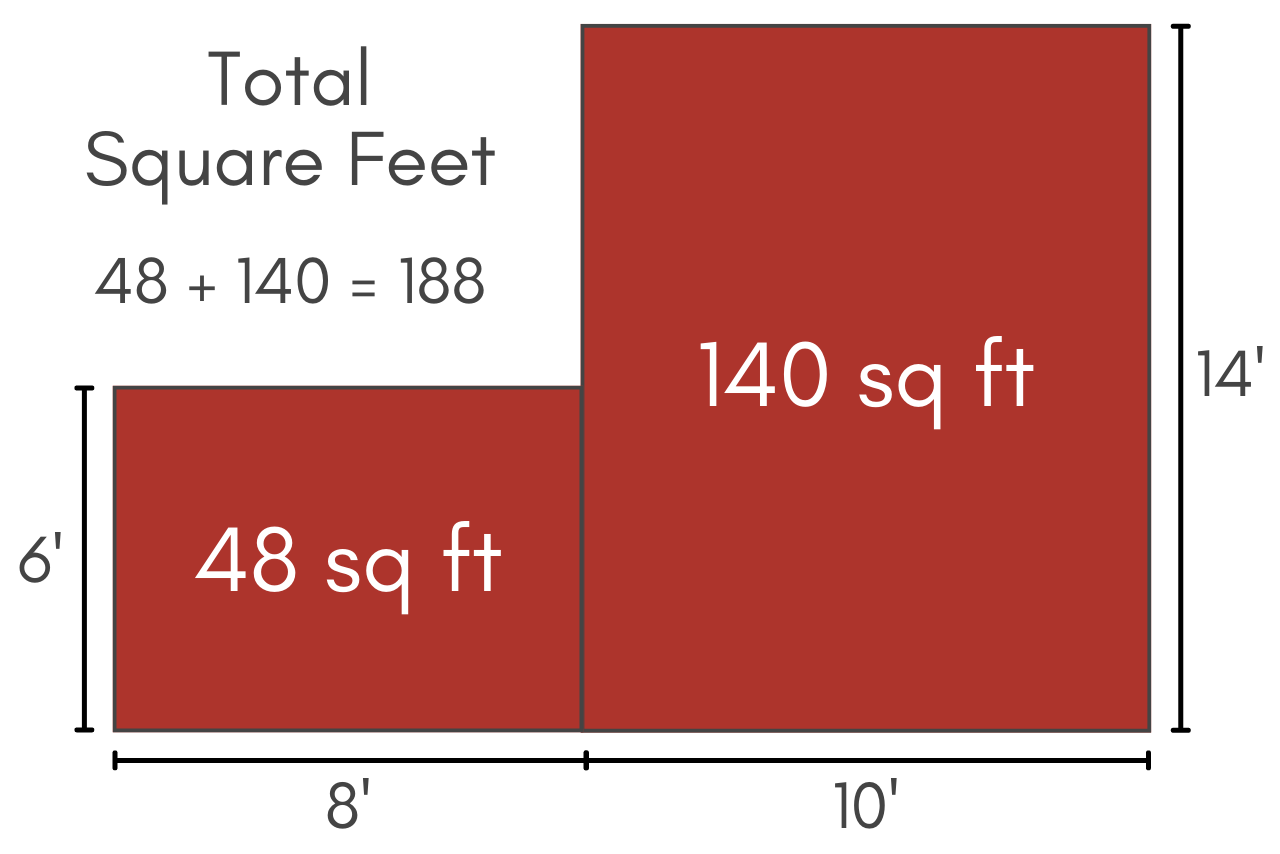Pipe Volume Calculator
Calculate the volume of a pipe given its inner diameter and length. The calculator will also find how much that volume of water weighs.
-
By
FindPros

FindPros connects consumers with professionals in over 600 different categories.
-
Reviewed by
Jacky L.

FindPros connects consumers with professionals in over 600 different categories.
Pipe Volume:
Water Weight
Did you know you can use a pipe measuring tool to accurately mark and measure pipes?
How to Find the Volume of a Pipe
You can find the volume of fluid in a pipe using the inner diameter of the pipe and the length. To estimate pipe volume, use the following formula:
Thus, the volume of a pipe is equal to pi times the pipe diameter d squared over 4, times the length of the pipe h.
This formula is derived from the cylinder volume formula, which can also be used if you know the radius of the pipe.
You can use either formula to get the same results.
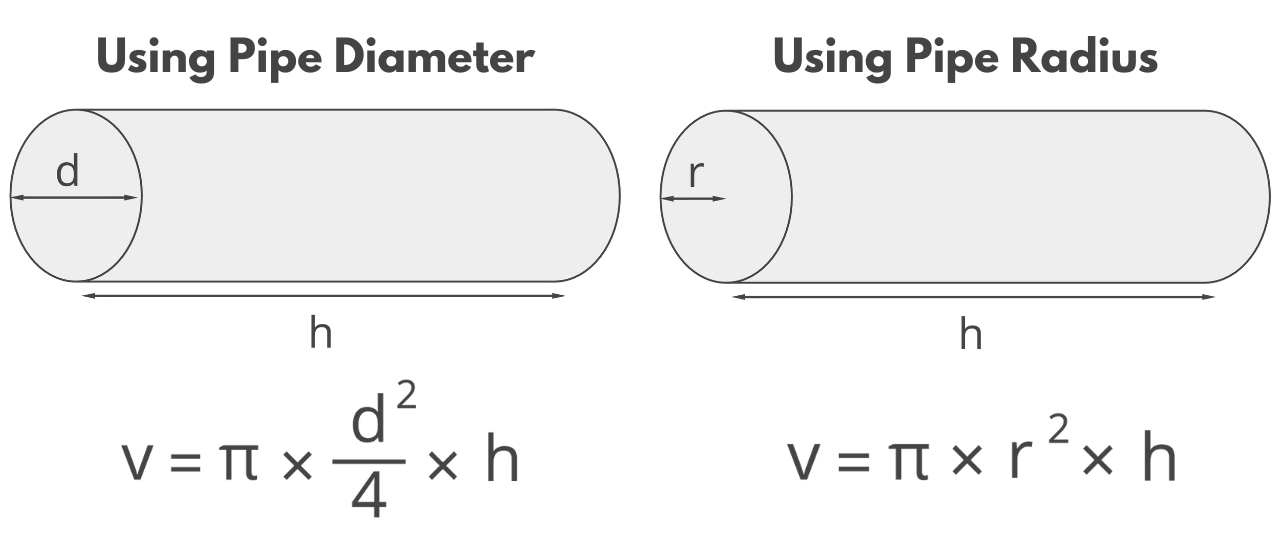
To use the formulas, start by getting the diameter and length of the pipe in inches or millimeters. Use our feet and inches calculator to calculate a length in inches or millimeters.
If you’re unsure what the inner diameter of a pipe is but you know the outer diameter, refer to the common pipe dimensions tables to find the most likely inner diameter of your pipe.
Enter the length and diameter values into the formula above to calculate the volume of the pipe.
Example: calculate the volume of a 2″ diameter pipe that is 50′ long
Chart showing the reference angle for various angles in degrees
| Angle | Reference Angle |
|---|---|
| 0° | 0° |
| 5° | 5° |
| 10° | 10° |
| 15° | 15° |
| 20° | 20° |
| 25° | 25° |
| 30° | 30° |
| 35° | 35° |
| 40° | 40° |
| 45° | 45° |
| 50° | 50° |
| 55° | 55° |
| 60° | 60° |
| 65° | 65° |
| 70° | 70° |
| 75° | 75° |
| 80° | 80° |
| 85° | 85° |
| 90° | 90° |
| 95° | 85° |
| 100° | 80° |
| 105° | 75° |
| 110° | 70° |
| 115° | 65° |
| 120° | 60° |
| 125° | 55° |
| 130° | 50° |
| 135° | 45° |
| 140° | 40° |
| 145° | 35° |
| 150° | 30° |
| 155° | 25° |
| 160° | 20° |
| 165° | 15° |
| 170° | 10° |
| 175° | 5° |
| 180° | 0° |
| 185° | 5° |
| 190° | 10° |
| 195° | 15° |
| 200° | 20° |
| 205° | 25° |
| 210° | 30° |
| 215° | 35° |
| 220° | 40° |
| 225° | 45° |
| 230° | 50° |
| 235° | 55° |
| 240° | 60° |
| 245° | 65° |
| 250° | 70° |
| 255° | 75° |
| 260° | 80° |
| 265° | 85° |
| 270° | 90° |
| 275° | 85° |
| 280° | 80° |
| 285° | 75° |
| 290° | 70° |
| 295° | 65° |
| 300° | 60° |
| 305° | 55° |
| 310° | 50° |
| 315° | 45° |
| 320° | 40° |
| 325° | 35° |
| 330° | 30° |
| 335° | 25° |
| 340° | 20° |
| 345° | 15° |
| 350° | 10° |
| 355° | 5° |
| 360° | 0° |
Volume and Weight of Water for Common Pipe Sizes
Volume and weight of water per foot for common pipe sizes
| Pipe Size | Volume | Weight | |
|---|---|---|---|
| in | in3/ft | gallons/ft | lb/ft |
| 1/8″ | 0.1473 in3 | 0.000637 gal | 0.005323 lbs |
| 1/4″ | 0.589 in3 | 0.00255 gal | 0.0213 lbs |
| 3/8″ | 1.325 in3 | 0.005737 gal | 0.0479 lbs |
| 1/2″ | 2.356 in3 | 0.0102 gal | 0.0852 lbs |
| 3/4″ | 5.301 in3 | 0.0229 gal | 0.1916 lbs |
| 1″ | 9.425 in3 | 0.0408 gal | 0.3407 lbs |
| 1 1/4″ | 14.726 in3 | 0.0637 gal | 0.5323 lbs |
| 1 1/2″ | 21.206 in3 | 0.0918 gal | 0.7665 lbs |
| 2″ | 37.699 in3 | 0.1632 gal | 1.363 lbs |
| 2 1/2″ | 58.905 in3 | 0.255 gal | 2.129 lbs |
| 3″ | 84.823 in3 | 0.3672 gal | 3.066 lbs |
| 4″ | 150.8 in3 | 0.6528 gal | 5.451 lbs |
| 5″ | 235.62 in3 | 1.02 gal | 8.517 lbs |
| 6 ″ | 339.29 in3 | 1.469 gal | 12.264 lbs |
Metric Pipe Sizes
Volume and weight of water per meter for common metric pipe sizes
| Pipe Size | Volume | Weight | |
|---|---|---|---|
| mm | mm3/m | liters/m | kg/m |
| 6 mm | 28,274 mm3 | 0.0283 l | 0.0283 kg |
| 8 mm | 50,265 mm3 | 0.0503 l | 0.0503 kg |
| 10 mm | 78,540 mm3 | 0.0785 l | 0.0785 kg |
| 15 mm | 176,715 mm3 | 0.1767 l | 0.1767 kg |
| 20 mm | 314,159 mm3 | 0.3142 l | 0.3142 kg |
| 25 mm | 490,874 mm3 | 0.4909 l | 0.4909 kg |
| 32 mm | 804,248 mm3 | 0.8042 l | 0.8042 kg |
| 40 mm | 1,256,637 mm3 | 1.257 l | 1.257 kg |
| 50 mm | 1,963,495 mm3 | 1.963 l | 1.963 kg |
| 65 mm | 3,318,307 mm3 | 3.318 l | 3.318 kg |
| 80 mm | 5,026,548 mm3 | 5.027 l | 5.027 kg |
| 100 mm | 7,853,982 mm3 | 7.854 l | 7.854 kg |
| 125 mm | 12,271,846 mm3 | 12.272 l | 12.272 kg |
| 150 mm | 17,671,459 mm3 | 17.671 l | 17.671 kg |
You can also use our water weight calculator to estimate the weight of the water in a pipe.
